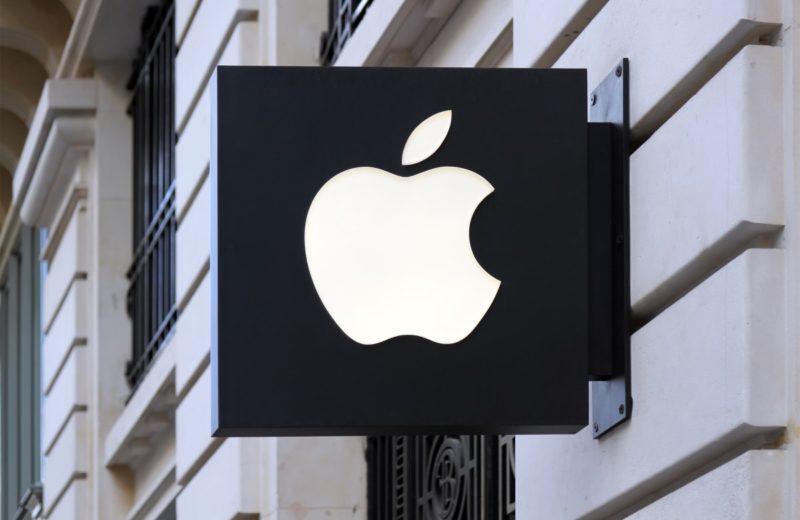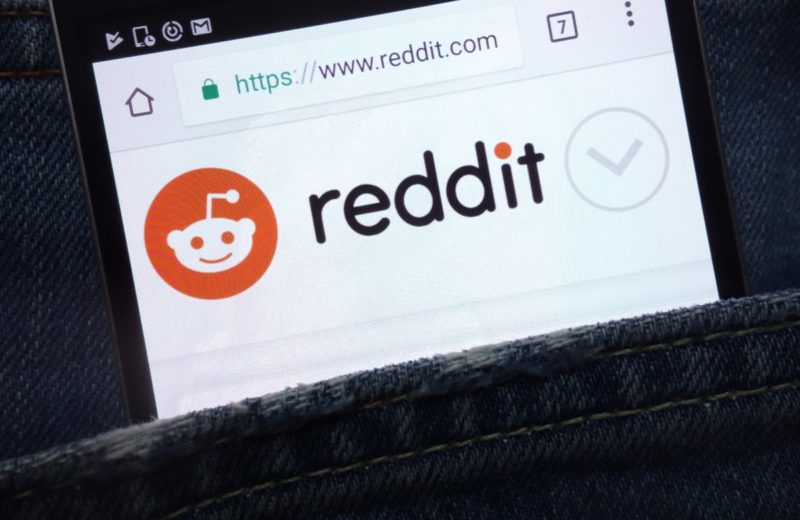Did you have a moment of paranoia just before posting a photo of your kid (or yourself) on social media?
There is a chance that you felt a vague sense of unease about making the photo public. Moreover, there might be a thought flowing through your mind, like what if someone used that for something? Perhaps you had a feeling that sharing an image of yourself made you much more vulnerable. Thus, you opened for someone unknowable, and it is your future threat.
It turns out that your fears are real. Someone was monitoring everything you have been posting to the public internet. And naturally, they are doing “something” with it.
Moreover, if that someone is Clearview Artificial Intelligence, they are building a detailed profile about you derived from the photos which you post online. They are making searchable options using only your face. Thus, they are selling it to police departments and government agencies who use it to help track you. They can identify your face in a crowd, and they can investigate you. It is even though you have never been accused of no crime.
It might sound like a conspiracy theory baloney. Nevertheless, it is not. Clearview Artificial Intelligence’s tech is authentic, and individuals are already using it.
Clearview Artificial Intelligence was founded in 2017. Hoan Ton-That, Australian entrepreneur and Richard Schwartz, former political aide founded that technology. Nevertheless, for several years, Clearview has been operating in the shadows. That was until the New York Times exposed them in early 2020 and laid bare its business model and activities.
- Check-out MyForexNews comprehensive Review on XM
Unanimous photo (s)
The Times is the institution not usually prone to hyperbole. They wrote that Clearview could end privacy as they know it. The company scrapes public images from the internet, according to the expose. Those can come from social media profiles, public Facebook posts, news articles, or multiple other sources. Clearview has more than 3 billion of those images.

Afterward, the company runs its massive database of images through a system of facial recognition. They identify all the people in each imaged based on their faces. Then they cluster together with the photos. It allows them to form a face-linked, detailed profile of nearly anyone who has published a picture of themselves online (or has had their facial features in a mugshot, a company website, a news story, or the like).
Then, Clearview is packaging that database into an easy-to-query service (initially Smartchekr). Moreover, they are selling them to a handful of private companies, government agencies, and police departments.
Clearview’s users can easily upload a photo of an unknown person to the system. That can be from an anonymous video posted online, from a surveillance camera, or any other source. Moreover, detective bragged about how the system works on photos that are taken of unsuspecting subjects through a telephoto lens, in emails received by the Times.
Clearview is locating the person in its database using only their face, in a matter of seconds. Afterward, it provides their complete profile back to the client—the company has more than 2,200 customers using its service, as of early 2020.
















